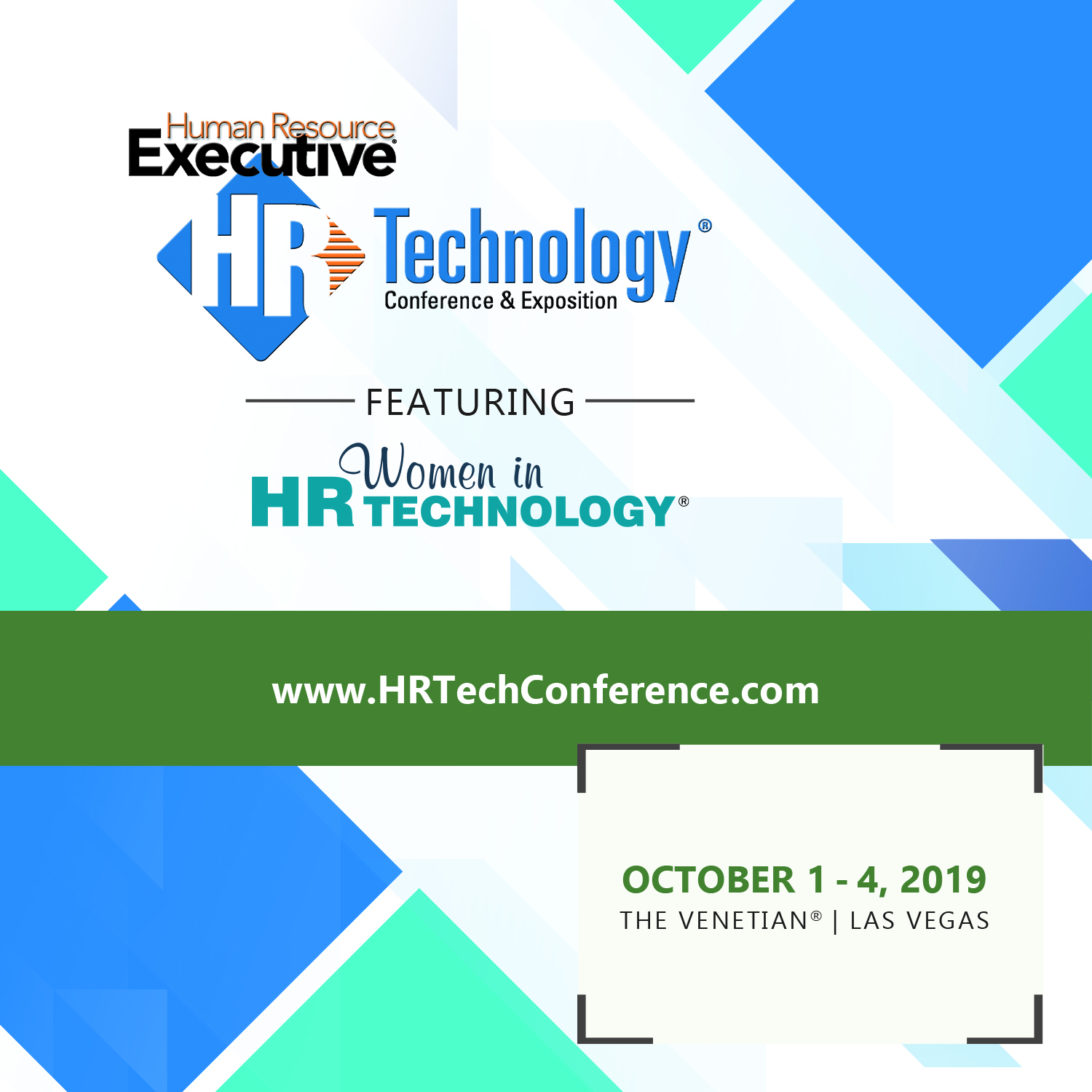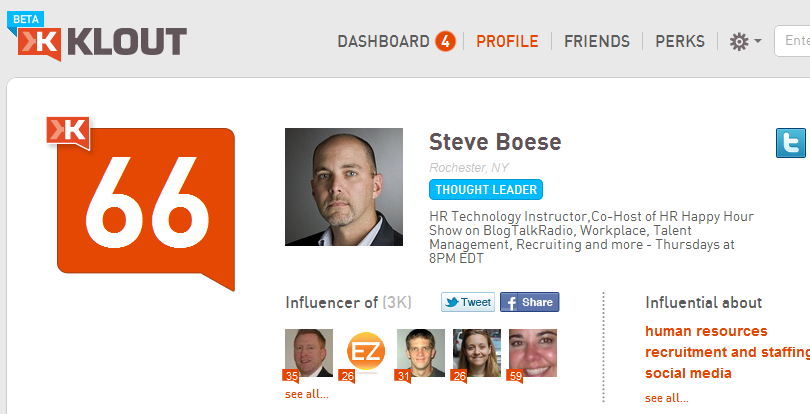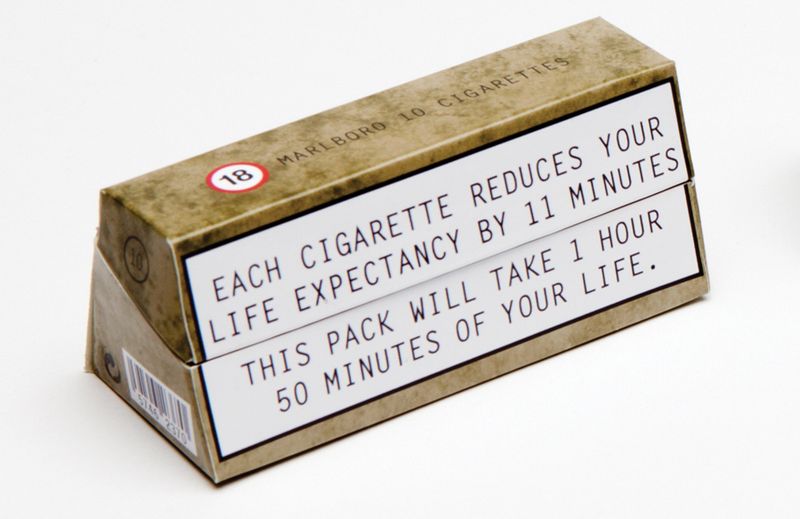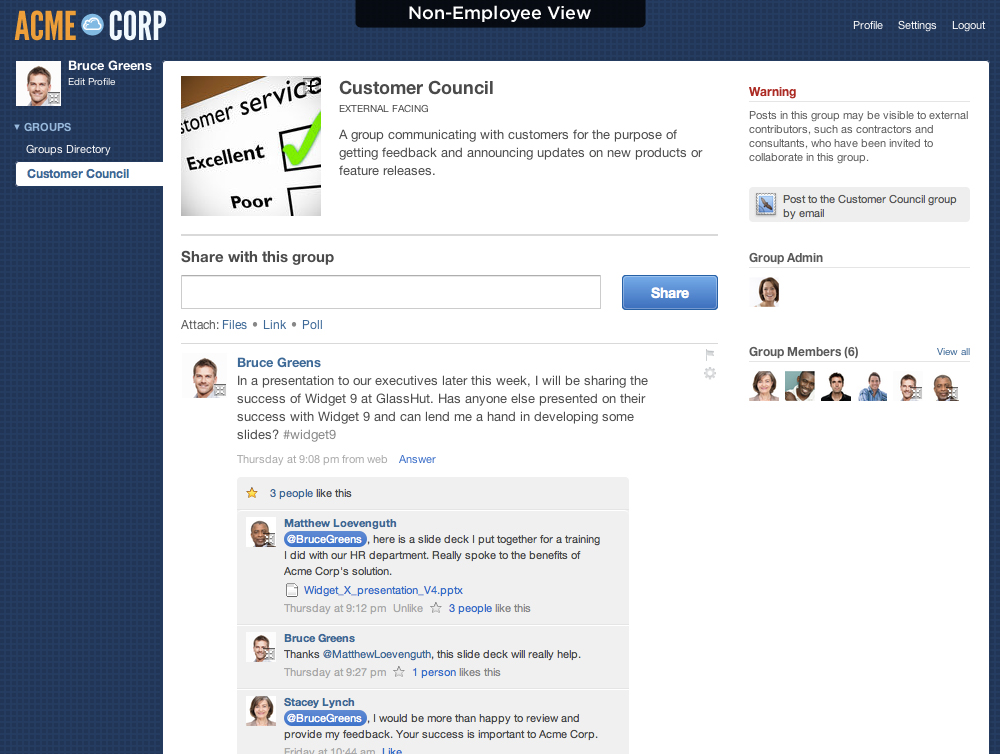Colors and Getting Change Management Right
Feels like ages, since I had a good sports-themed take on the blog. With the NBA in a combined offseason/lockout, and the current Major League Baseball season for some reason seeming incredibly uninteresting to me at the moment, I have been hunting high and low for a good sports related topic on which to pontificate. After all, next year's edition of 'The 8 Man Rotation' e-book is not going to write itself.
And then over with weekend I found this gem from one of may favorite sites, the Uni Watch blog, 'Rooting for Laundry'; a piece about some of the recent transactions and changes from the world of sports. One of those changes was the report of uniform redesign of the iconic New Zealand National Men's Rugby Team jersey. The team, one of the most successful and legendary sides in international rugby is known as the 'All Blacks', named after their well-known and traditional black jerseys and uniforms. The All Blacks are generally one of the top teams in international play year in and year out, and if they could be compared to an American football side, some combination of the Pittsburgh Steelers and the New England Patriots might come close to approximating thier history and their success over the years. Tim Sackett's Monday AM staff meeting
Tim Sackett's Monday AM staff meeting
So back to the Uni Watch piece - the All Blacks have just introduced a new set of team jerseys, and in addition to the expected information about new-age performance fabrics, and lighter and more moisture absorbing materials, the article also includes this quote from New Zealand team captain Richie McCaw:
“It’s pretty awesome to be involved in creating a new All Blacks jersey,” says McCaw. “People all over the world recognise the jersey, and of course Kiwis feel extremely strongly about it, so to make a change to it is a big deal. This new jersey is revolutionary – but it’s still very much an All Blacks jersey. It’s still something I’m very proud to wear.”
From a piece on the official New Zealand Men's Rubgy site, Allblacks.com, we learn that the new jersey was 'designed and tested in conjunction with several senior All Blacks including captain Richie McCaw'.
I know what you might be thinking - big deal, so a sports team changed its jersey, happens all the time, and usually it is for the sole reason to drive increased memorabilia sales. Perhaps. But in the details of this All Blacks jersey redesign we can take several lessons that I think can be more broadly applied to many other organizational change initiatives.
1. Memory and Tradition
Key in the jersey redesign efforts is a firm grasp and appreciation of the legacy and the history of the team. It can be pretty easy to advocate 'blowing everything up' and starting over in organizational change efforts, but also forgetting the values, people, and culture of what came before can be a mistake. The fans and players of the All Blacks are all well versed in the history and tradition of the side, so launching a major redesign effort from a completely blank page might have resulted in failure. Think of McCaw's comment about still being proud to wear the new jersey. At least part of that pride has to stem from the new jersey's honoring the long and revered tradition of the side.
2. Involvement
Team Captain McCaw and several other of the senior team members were pretty heavily involved in the design and testing process for the new jersey. For initiatives like this to have the best chance for success, the front-line individuals that stand to be most impacted by the change should be included in the process as early and often as is feasibly. While the new design might look good on the website, and may be more lucrative to sell in the team shop, if the players on the pitch are not able to continue to perform at their highest level while wearing the new jersey, then the change initiative would be a failure. Too often we like to proscribe change, and assume we know what the 'real' implementers need, but unless they are involved more intimately and fully in the process, we are mostly guessing.
3. Performance
While keeping cognizant of history and tradition, and securing organizational buy-in by involving the most impacted team members in the process are both important and valuable, the redesigned jersey itself has to meet the intended performance goals set out by the designers as well. Simply 'involving' staff in a change process does no good if the results are unsatisfactory. Some highlights from the piece on Allblacks.com:
(manufacturer) Adidas believes it’s the best rugby jersey in the world. It’s the lightest, ‘fastest’ and closest-fitting rugby jersey ever made
It’s 50 per cent lighter than the last jersey - but just as strong
Because it’s so light and aerodynamic it has less weight and drag, allowing players to go fractionally faster. At the elite level of the game, the slightest advantage can make a difference to the result
Now we won't know for sure until the team competes in these new jerseys if the expected performance improvements will pan out, but initial results from training and testing seem to bear out these expectations.
What can we learn about change management from a sports team jersey redesign?
Apparently quite a bit when it is done well.
P.S. -Hi to my friends at Sonar6, that I hope will keep me honest in the comments!

 Steve
Steve



